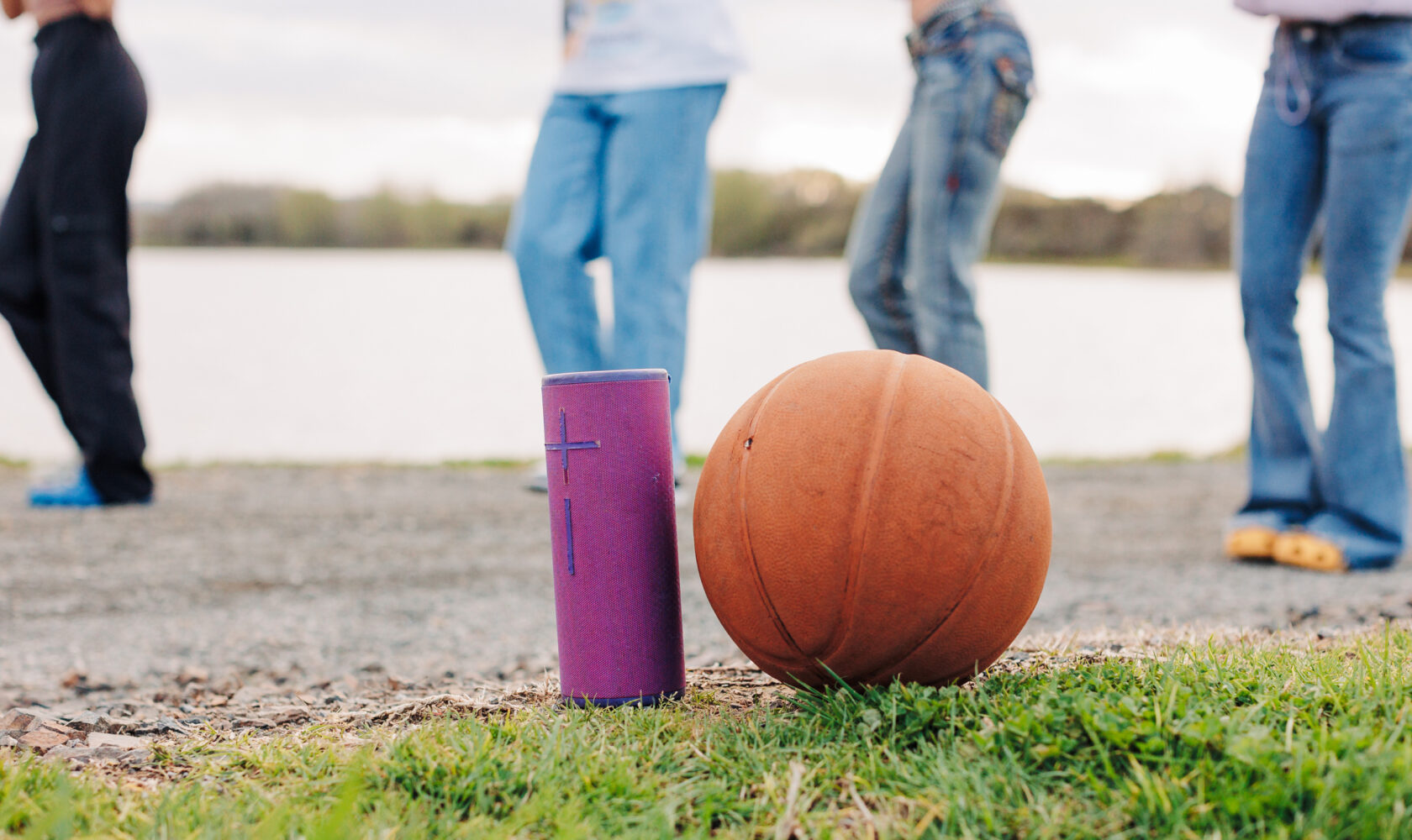Young people are THE key stakeholders in youth sports, and gathering their input and feedback is crucial for the success of any programme.
Additionally, some young people experience more barriers than others when it comes to being able to participate in sport. Understanding these barriers and having strategies and tactics to address them, makes for a sport programme that is better at recruiting and retaining all young people.
In this article, we’ll show you how the best youth sport programmes gather valuable insights from their athletes and use these insights to enhance their sports programmes; as well as look at addressing challenges in inclusivity and equitable access for the athletes they cater for.
Seek regular feedback
The best way to learn about athletes is to actively, and frequently, seek their opinions. A well-designed sports programme should regularly solicit feedback from its participants in order to learn which aspects of the sport and coaching environment they enjoy, and which ones they don’t.
Effective mechanisms for getting feedback from athletes include:
- Surveys — conducted at regular intervals throughout the season.
- Observations — from parents and fellow coaches, as well as participants.
- Team and individual meetings — in which participants are encouraged to give feedback verbally (while feeling safe that their opinion will be heard, and not negatively impact their relationship with coaches or teammates).
- Exit interviews — either at the end of each season, or with athletes who leave the programme.
Collaborate with young people
Allowing athletes to help design sports programmes is a great way to ensure those programmes meet their needs.
A collaborative approach to programme design — founded upon shared values and a collective appreciation of the outcomes that athletes and coaches want to achieve — will empower participants, giving them a sense of ownership over their learning and development.
Importantly, good collaboration practice with young people ensures that they are provided the time, space, and support to develop the confidence and skills to contribute meaningfully to the design process.
Read: Putting Youth Voice in the Centre Circle.
Read: Sport NZ’s guide to Youth Voice in Active Recreation and Sport
Embrace inclusivity
To meet the needs of young athletes, we must design programmes that are inclusive — especially to groups and demographics who often face barriers to participation in organised sport. This means creating organisations that are easily accessible to people of all ethnicities, genders, and sexual orientations, and to people with disabilities.
Methods to increase inclusivity within sporting organisations include:
- Developing alternative programmes.
- Creating targeted marketing campaigns for those programmes.
- Recruiting coaches with skill and experience in working with participants from relevant demographics.
- Establishing and enforcing an organisation-wide anti-discrimination policy.
Check out some of the diversity and inclusion resources below:
- Coaching Girls Guide by Made to Play and The Centre for Healing and Justice Through Sport
- #ItsMyMove – Sport New Zealand’s campaign for getting young women active, their way
- Diversity and inclusion resources by Sport New Zealand
Allocate resources fairly
Fair allocation of resources is essential to meeting the needs of all participants within our programmes; whether a programme is competitive or simply participatory, senior or junior, or male or female, its participants should feel valued and supported.
This means equal apportionment of resources such as budget; access to facilities (both in terms of their standard, and allocated usage times); quality of uniforms and equipment; allocation of skilled coaches; and visual representation (in the forms of photos and videos, both on your premises and in literature and on websites).
Broadly define success
For many participants, results and scorelines will not be the most helpful outcomes against which to judge success. Consequently, our definition of success should be wide.
Reframing success to include metrics like development, enjoyment, and continued participation — and working with athletes, coaches, and parents to entrench this understanding — is imperative to ensuring that all participants’ needs are met across each of our programmes.
Monitor your programme’s performance
Having established a wish to meet our participants’ needs, we must learn and formally document the outcomes of our programmes, and then reflect on how effectively we achieve this. Helpful indicators of programme performance can include athlete satisfaction surveys (and other aforementioned feedback methods) and retention rates among cohorts from one season to the next.
We can also improve the monitoring of our programme’s performance by documenting a minimum standard of experience. This may look different across various codes and contexts, but will outline the minimum standard participants should expect to receive from any given programme. Sharing this information will, in turn, help to create greater accountability around delivering those standards.
By understanding a programme’s effectiveness in these areas, we can determine if we really are meeting our participants’ needs, make adjustments if necessary, and, ultimately, provide enjoyable and beneficial sporting experiences to all.
In summary
- Young people are the most important stakeholders in youth sports. Therefore it is vital that we seek their input when designing and delivering our programmes, and tailor our approach to best meet their needs.
- Regularly seeking athlete feedback — particularly through mechanisms like surveys, meetings, and exit interviews — is crucial to understanding both our athletes’ needs and the effectiveness of our programmes in meeting them.
- A collaborative approach to programme design — one that invites athlete input, and creates a shared culture and set of values — will empower young people and support their overall development.
- We should strive to create programmes that are accessible to all — especially to groups and demographics who often face the greatest barriers to participation in organised sports.
- Fair and equal allocation of resources between every programme in our organisation is essential to ensuring that every athlete enjoys a quality experience.
- Results and scorelines are not the only indicators of success; we should redefine success to include metrics like development, enjoyment, and athlete retention.
- Regularly monitoring the performance of our sporting programmes, documenting the results, and making improvements when necessary is essential to creating a culture of accountability within our organisations and meeting the needs of the young people under our care.
Image Source: Pavel1964 from Getty Images







